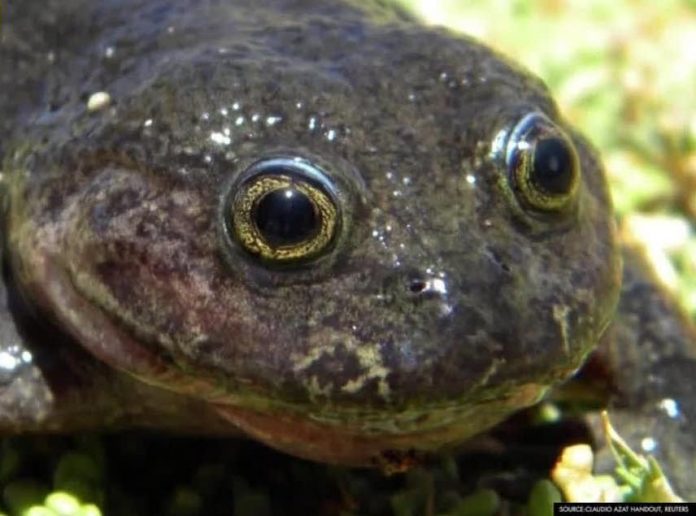Chilean researchers have rediscovered a species of frog last seen more than 80 years ago, prompting new calls for the conservation of its habitat in the far-flung Chilean desert.
Scientists relocated the diminutive Hall’s water frog, named for the American researcher and collector Frank Gregory Hall who discovered the species in 1935, in a tiny hot spring oasis near Ollagüe in Chile’s Atacama desert.
The discovery, scientists told Reuters, prompted a mad rush to confirm that the so-called ghost species was indeed the same one Hall had discovered decades ago.
“We asked the museum where Hall’s (discovery) is registered. … They sent us photographs of the larvae, photographs, comparisons, drawings,” said César Cuevas, a researcher with the Catholic University of Temuco.
The journal Zootaxa published the tale of the rediscovery this year. Researchers continue to work to establish the frog’s taxanomic ties to other species found in the region in order to determine how different, and therefore, how rare, it really is, Cuevas said.
Meanwhile, protecting its habitat is key, he said.
Mining, tourism development and expanding cities in Chile’s north, home to the world´s largest copper industry, all compete for water with the tiny amphibian.
“These animals are strictly aquatic. In just five minutes out of the water, they die,” Cuevas said, in a call to protect its habitat before it is too late.




























